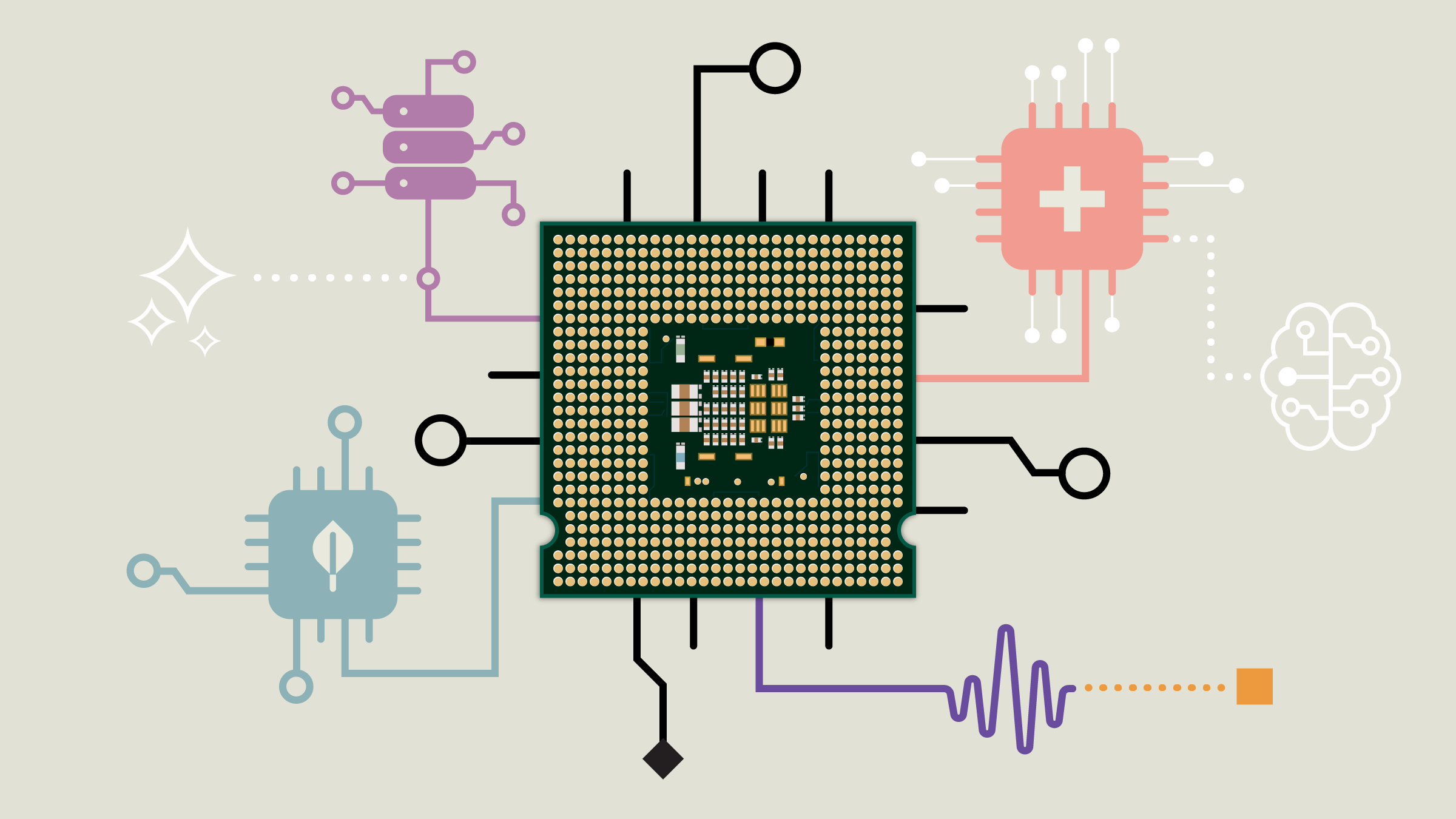A Refresher: Moats and Margin of Safety
Warren Buffett has made famous the topic of moats--just as a moat protected a castle from invaders, a company with a moat can protect itself from competitors. Moats are competitive advantages that enable a firm to consistently earn a return above its cost of capital. Examples of firms with moats include low-cost producers, as well as those that sell products with high switching costs or patented technology. Low-cost producers are able to control costs through a more efficient pr
oduction, and larger-scale or lower-cost inputs (such as owning a mine), which enables the firm to sell its products at a discount to competitors and still be profitable. With switching costs, once a company is installed into a system, it becomes very expensive to replace the provider. So, as long as that provider doesn't really underperform, it tends to continue to provide the service. Patents provide a firm with a temporary monopoly on a product in order to compensate the firm for the costs of developing the product.
Besides seeking companies with moats, we want to buy stocks at a discount to our fair value estimate. Analysts at Morningstar build a discounted cash-flow model on all stocks they cover. Whilst we attempt to be accurate in our forecasts, our assumptions don't always prove to be correct. In order to protect ourselves against mistakes or unforeseen events, we always demand a margin of safety before buying a stock.
CRH
CRH (links will open in a new window) is a large producer of building materials. These include cement, aggregates, and asphalt. All of these products are quite heavy, which makes them expensive to move. With the products being similar, cost becomes a big issue. This means the company with the nearest source of materials generally has the lowest cost, since it has the shortest shipping distance. In effect, location of materials creates a mini-monopoly because it can produce the product at a lower cost. With operations located around the world providing local sources of materials, CRH is the low-cost provider in many markets.
Huaneng Power International
Huaneng has switching costs. It is the largest independent power producer in China. In most of its areas, it has a government-controlled monopoly, so there are minimal other options for people to use to obtain electricity. Switching costs are very high when there is nowhere else to go. As China's economy grows, demand for Huaneng's power will also increase. However, because of its monopoly status, the Chinese government does regulate the prices Huaneng is allowed to charge. Currently, it is being squeezed by high coal prices, for which it has to pay more, but it is not being allowed to charge more for its electricity. This is hurting the firm's margins, but we expect China will eventually allow Huaneng to pass along the cost increases.
Novartis
Swiss pharmaceutical giant Novartis owns patents on many drugs. This enables the firm to generate high returns on capital, as well as the cash necessary to invest in research and development for building its pipeline and developing its next generation of products. Novartis also owns Sandoz, the second-largest generic pharmaceutical firm in the world, which improves the transition from branded drugs to generics. Both sides work together in order to enhance each others businesses.
These three stocks are all trading near or below the price at which our valuation work suggests they could be good values and demonstrate the potential for finding companies with moats and a margin of safety built into their prices abroad.

























